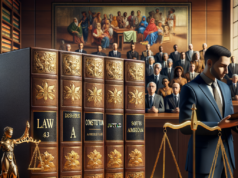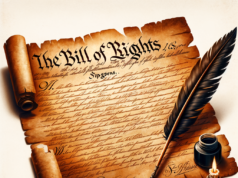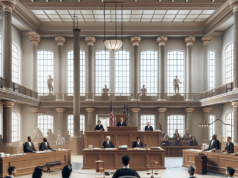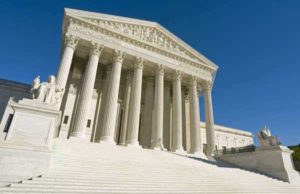In the intricate tapestry of the legal system, court decisions wield a profound influence that extends far beyond the immediate cases they address. Legal precedents, which emerge from judicial rulings, serve as the bedrock of judicial decision-making, shaping the interpretation and application of laws. This article delves into the multifaceted power of court decisions, exploring their foundational role, transformative impact, and the ongoing debates surrounding their application in contemporary society.
Understanding Legal Precedents: Foundations of Judicial Decision-Making
Legal precedents, often referred to as case law, are judicial decisions that establish a principle or rule that can be followed in subsequent cases. The doctrine of stare decisis, which translates to “to stand by things decided,” underpins the reliance on precedents in legal reasoning. This principle ensures consistency and predictability in the law, as courts are generally bound to follow the rulings of higher courts within the same jurisdiction. By adhering to established precedents, judges not only uphold the rule of law but also provide a framework within which legal arguments can be constructed, fostering a sense of stability in the legal landscape.
The Role of Case Law in Shaping Modern Legal Frameworks
Case law plays a pivotal role in the evolution of legal frameworks, often filling gaps left by statutory law. As societal norms and values shift, courts interpret existing laws in light of contemporary issues, thereby adapting the legal system to meet new challenges. For instance, landmark rulings on civil rights, privacy, and technology have redefined legal boundaries and established new rights and responsibilities. Through the lens of case law, judges can address complex legal questions that may not be explicitly covered in legislation, ensuring that the law remains relevant and responsive to the needs of society.
Landmark Court Decisions: Transformative Moments in Legal History
Throughout history, certain court decisions have emerged as transformative moments that have reshaped legal landscapes and societal norms. Cases such as Brown v. Board of Education, which declared racial segregation in public schools unconstitutional, and Roe v. Wade, which recognized a woman’s right to choose, exemplify how judicial rulings can catalyze significant social change. These landmark decisions not only set legal precedents but also reflect the evolving moral and ethical standards of society. They serve as touchstones for ongoing debates about justice, equality, and individual rights, illustrating the profound impact that court decisions can have on the fabric of society.
The Impact of Precedents on Future Court Rulings and Legal Interpretations
The influence of precedents extends beyond the immediate cases they address, as they lay the groundwork for future court rulings and legal interpretations. When courts encounter similar issues, they often look to established precedents for guidance, which can lead to a reinforcement of existing legal principles or, conversely, a reevaluation of them. This dynamic interplay between past rulings and present cases underscores the fluidity of the legal system, where precedents can evolve over time as societal values and judicial philosophies shift. The reliance on precedents thus creates a continuity in legal reasoning, while also allowing for the possibility of change and adaptation.
Analyzing the Controversial Nature of Judicial Precedents in Society
Despite their foundational role in the legal system, judicial precedents are not without controversy. Critics argue that an over-reliance on precedents can stifle judicial creativity and hinder the pursuit of justice, particularly when outdated or unjust rulings remain in effect. Additionally, the interpretation of precedents can vary significantly among judges, leading to inconsistencies in legal outcomes. This contentious nature of judicial precedents raises important questions about the balance between stability and flexibility in the law. As society grapples with complex issues such as technology, human rights, and environmental concerns, the challenge remains to ensure that precedents serve the interests of justice while adapting to contemporary realities.
The Future of Legal Precedents: Trends and Implications for Justice Systems
Looking ahead, the future of legal precedents is likely to be shaped by several emerging trends. The increasing influence of technology on legal practice, the growing emphasis on restorative justice, and the ongoing dialogue surrounding social justice issues all point to a potential reevaluation of traditional precedents. Courts may increasingly consider the broader implications of their decisions, taking into account the diverse perspectives of affected communities. Furthermore, as legal systems worldwide become more interconnected, the exchange of precedents across jurisdictions may lead to a more harmonized approach to justice. Ultimately, the evolution of legal precedents will continue to reflect the changing values and priorities of society, ensuring that the law remains a living, breathing entity.
In conclusion, the power of court decisions and the legal precedents they establish cannot be overstated. These rulings form the backbone of judicial decision-making, influencing not only the immediate cases at hand but also the broader legal landscape. As society continues to evolve, the role of precedents will remain a critical focal point in the pursuit of justice, highlighting the delicate balance between honoring established legal principles and adapting to new realities. The ongoing dialogue surrounding judicial precedents will undoubtedly shape the future of legal systems, ensuring that they remain responsive to the needs and values of the communities they serve.

























